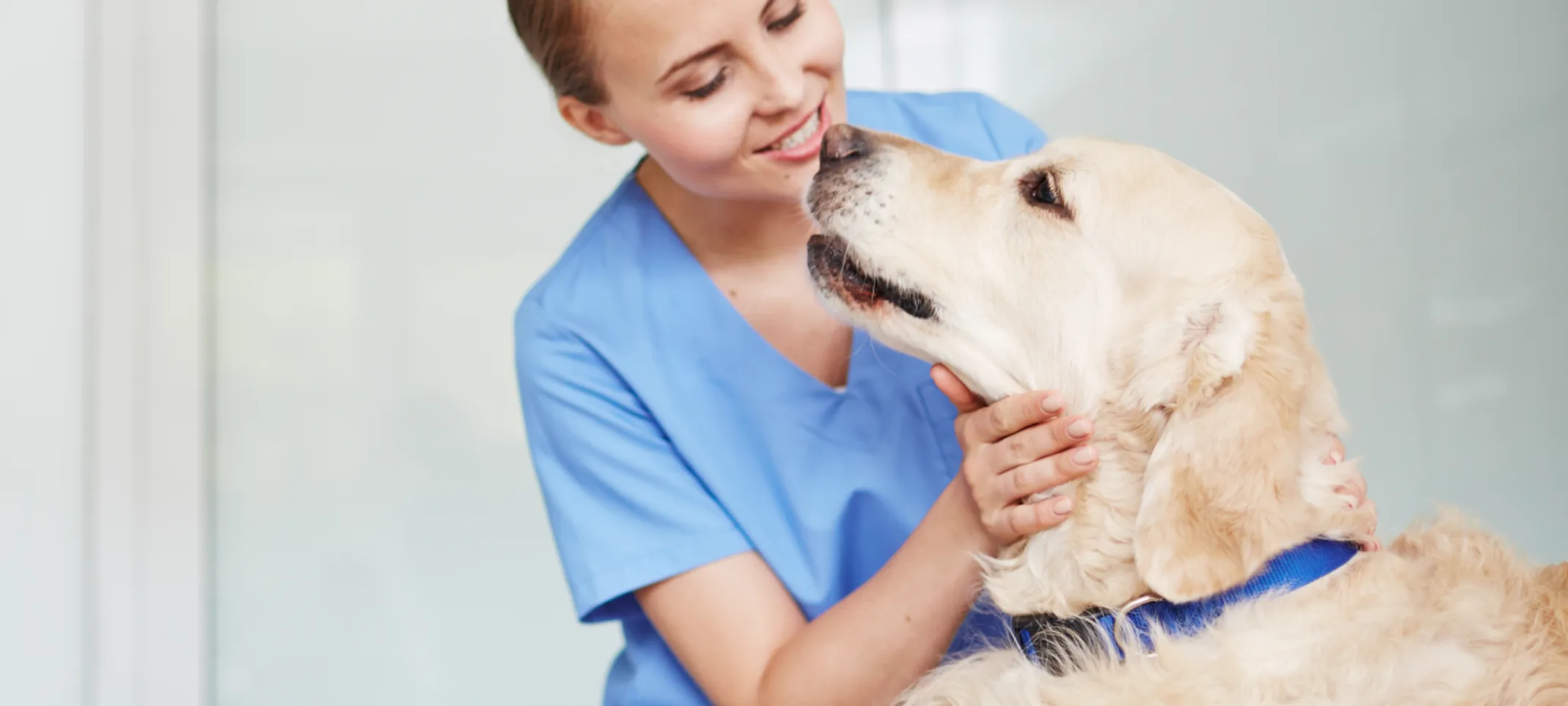SouthCare Animal Medical Center
TPLO Surgery
Here at SouthCare Animal Medical Center, we are proud to provide TPLO surgery services for dogs.

TPLO Surgery in Dogs
TPLO, or tibial plateau leveling osteotomy, is a surgical procedure that is used to repair a torn cranial cruciate ligament (CCL) in dogs. The CCL is a ligament that helps to stabilize the knee joint, similar to an ACL tear in humans. When it is torn, the knee joint becomes unstable and can lead to pain, lameness, and arthritis.
TPLO surgery is a complex procedure that is performed by a veterinarian specifically trained in this operation. The surgery involves making a cut in the tibia, the shinbone, and rotating the top of the tibia so that it is level with the femur, the thighbone. This helps to reduce the amount of movement in the knee joint and prevents further damage to the cartilage.
TPLO surgery is a major surgery and it is important to follow your veterinarian's instructions carefully after the procedure. They will also need to be on pain medication and possibly antibiotics.
Most dogs recover well from TPLO surgery and are able to return to normal activities within 8-12 weeks. However, it is important to note that there is always a risk of complications, such as infection, blood clots, and arthritis.
If your dog has a torn CCL, TPLO surgery is a viable option for treatment. It is a complex procedure, but it can be very successful in restoring function and mobility to the knee joint.
Here are some of the benefits of TPLO surgery:
It is a long-lasting solution for a torn CCL.
It can help to reduce pain and lameness.
It can help to prevent further damage to the cartilage in the knee joint.
It can help your dog return to normal activities, such as running and jumping.
Here are some of the risks of TPLO surgery:
It is a major surgery and there is always a risk of complications.
They will also need to be on pain medication and possibly antibiotics.
If you are considering TPLO surgery for your dog, it is important to talk to your veterinarian about the risks and benefits. They can help you decide if this is the best option for your dog's individual situation.

